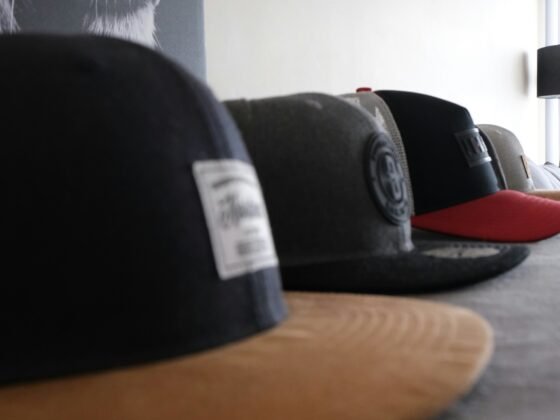When you love art and history, it’s hard to be content looking at photographs and reprinted images of the Sistine Chapel while sitting on the couch. No matter how many articles you read about the secrets of this famous chapel in Vatican City, these 6 mysteries are best explored in person.
1. Michelangelo swapped apples for figs
Michelangelo painted 9 scenes from the Bible on the ceiling, including one scene titled “The Fall of Man” which depicts Adam and Eve’s temptation and expulsion from the garden of Eden. In the modern Bible translations, the fruit of the Tree of Knowledge is referred to as an apple. However, Michelangelo painted a fig tree, going against all contemporary artistic interpretations.
In Talmudic texts, the Tree of Knowledge is identified as a fig tree. Michelangelo was raised in a family that studied Kabbalistic texts so he certainly knew the reference. Some say Michelangelo incorporated multiple Jewish references in his frescoes in opposition to the pope as documented in the book The Sistine Secrets.
If you’re excited by hidden messages, you’ll want to check these out in person. You’ll have an easier time investigating if you book a private tour with a company like What a Life Tours – one of Trip Advisor’s top-rated tour providers since 2011. With a Vatican Private Tour, you’ll have a VIP-style journey through the Vatican museums including the Sistine Chapel before the crowds arrive. You can tailor your tour to focus on what you’re interested in without being squished and forced into a corner.
2. Michelangelo snuck in a few unhappy self-portraits
Only a true artist like Michelangelo could sneak some self-portraits into the project he was working on. However, his self-portraits are all miserable, reflecting his true feelings toward painting the chapel.
If you look closely, you’ll see what looks like Michelangelo’s dead face on Holofernes’ severed head in “Judith and Holofernes” and an anguished self-portrait on the flayed skin of Saint Bartholomew in “The Last Judgment.”
It’s no secret that Michelangelo didn’t want to paint the Sistine Chapel. Despite obvious talent, he considered himself a sculptor, not a painter. When the pope had to give his full attention to the war that had just broken out with the French, Michelangelo fled from Rome to get out of painting the Sistine Chapel. However, the pope returned to Rome in 1508 and convinced Michelangelo to come back and paint the ceiling.
Interestingly, in 2009, another self-portrait was discovered in “The Crucifixion of Saint Peter.” In this fresco, Michelangelo depicted himself as one of three horsemen in a blue turban.
Michelangelo wrote a poem describing the torture he felt painting the Sistine Chapel ending with the line “I am not in the right place – I am not a painter.”
3. Acorns are a recurring motif on the ceiling
One thing you may not have noticed is the recurring theme of acorns throughout Michelangelo’s frescos. Most of the males in his paintings are shown with acorns. Pope Julius II’s family name was Rovere, which translates to “oak” in Italian. It’s believed that painting acorns throughout the frescoes was Michelangelo’s way of acknowledging the pope.
4. Michelangelo’s depiction of God was cutting-edge
It’s hard to imagine today, but Michelangelo was the first painter to portray God as more than a hand reaching through the clouds. In his paintings, Michelangelo shows God as a muscular man with a white beard and long, white hair, which was cutting-edge for his time.
5. Michelangelo wasn’t the only Sistine Chapel artist
Under Pope Sixtus IV, the chapel was painted by famous Renaissance artists such as Botticelli, Perugino, and Ghirlandaio who were teachers to Michelangelo and Raphael. Later, under Pope Julius II, Michelangelo was contracted to paint the ceiling which, at the time, was nothing more than a blue sky and stars.
Although Michelangelo wasn’t the only Sistine Chapel artist, he is the most well-known and has the most fascinating story surrounding his contributions.
6. Michelangelo painted the ceiling while standing
Contrary to popular belief, Michelangelo painted the ceiling while standing. This put him in an awkward position having to look up for four years while he painted nine different scenes and nearly 300 figures. The physical discomfort clearly contributed to his bitterness and discontent with the project.
Nothing beats seeing the Sistine Chapel in person
You can only see so many photographs in books before you need to see the Sistine Chapel in person. Exploring these mysteries with your own eyes is just one reason to visit the Sistine Chapel.
Put Rome at the top of your list for your next travel adventure and you’ll have an experience you’ll never get from books.











